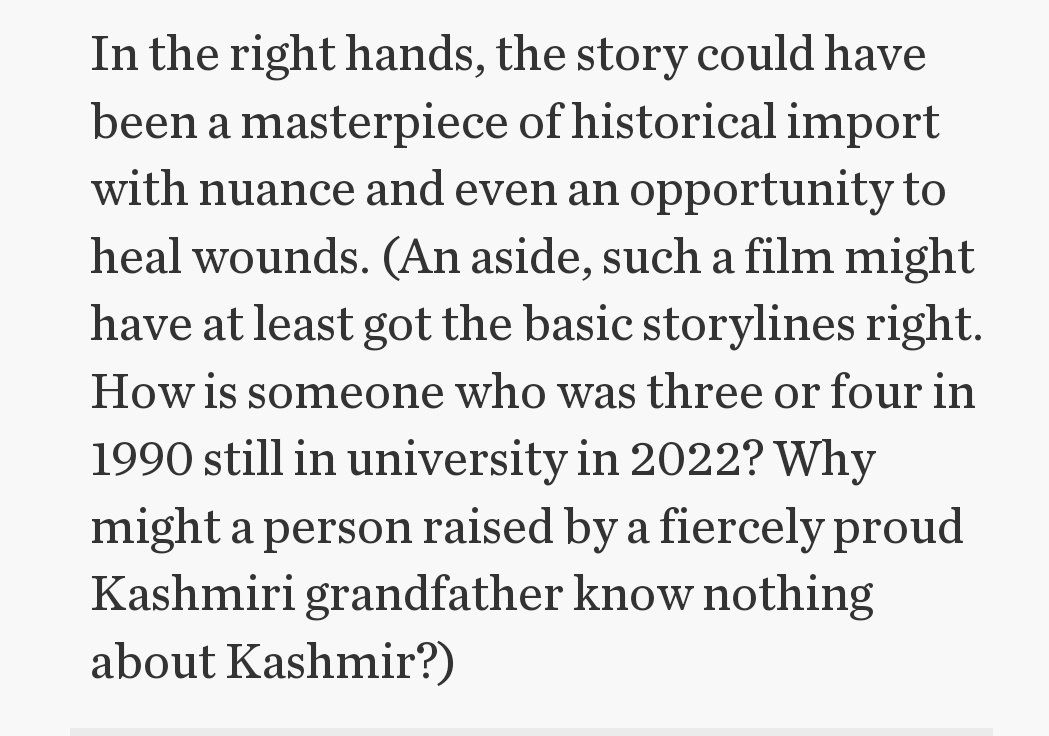On Vijayadashami, military campaign would start after worshipping weapons and the Shami tree.
Pandavas in Mahabharat had hid their weapons in a Shami tree and took them after their exile to go to war
Pic credit : ePhotoCorp
Pandavas in Mahabharat had hid their weapons in a Shami tree and took them after their exile to go to war
Pic credit : ePhotoCorp

Theology apart, it made sound practical sense to launch campaigns from this date.
It usually falls in September - October.
Monsoons have ended, water bodies are full. Crops are standing or just harvested.
Roads are dry and accessible.
It usually falls in September - October.
Monsoons have ended, water bodies are full. Crops are standing or just harvested.
Roads are dry and accessible.
The monsoons was a difficult time to move around. Added to it was the problem of diseases and epidemics (which were common in cramped military camps of those days) .
The summers had their own problems.
The summers had their own problems.
Hence most campaigns began on Dusshera and arrived at their conclusion few months later in Feb - April period.
Painting : Mahishasur Mardini
Painting : Mahishasur Mardini

To understand the full enormity of this, read Battles of the Maratha Empire
google.com/amp/s/swarajya…
google.com/amp/s/swarajya…
• • •
Missing some Tweet in this thread? You can try to
force a refresh




















